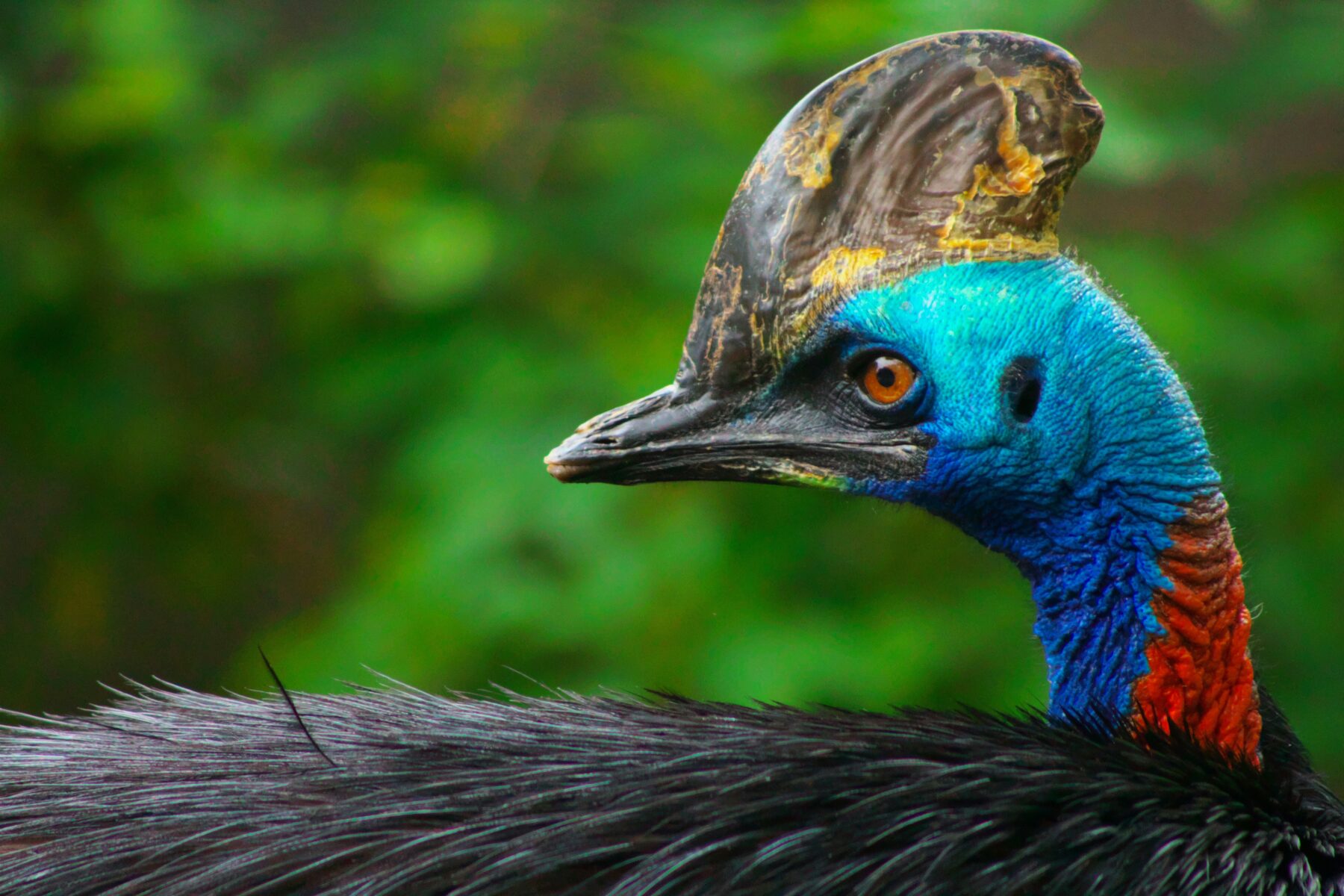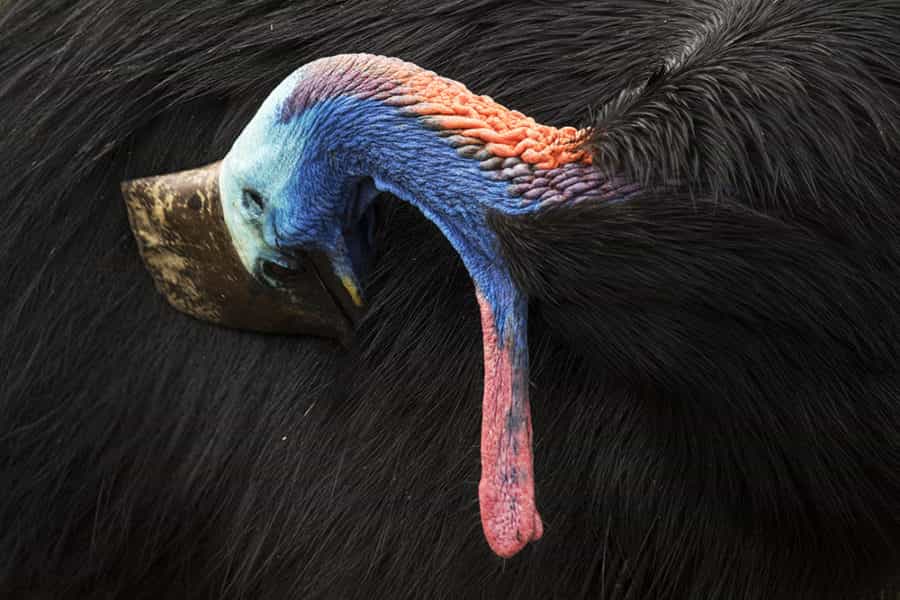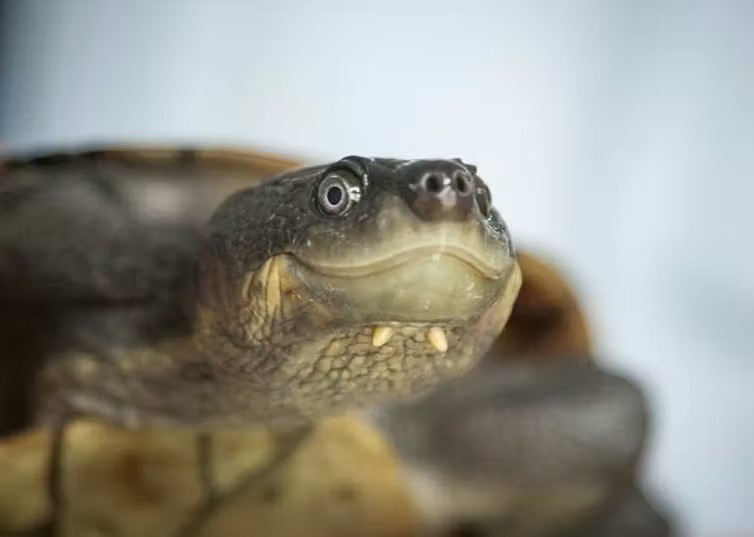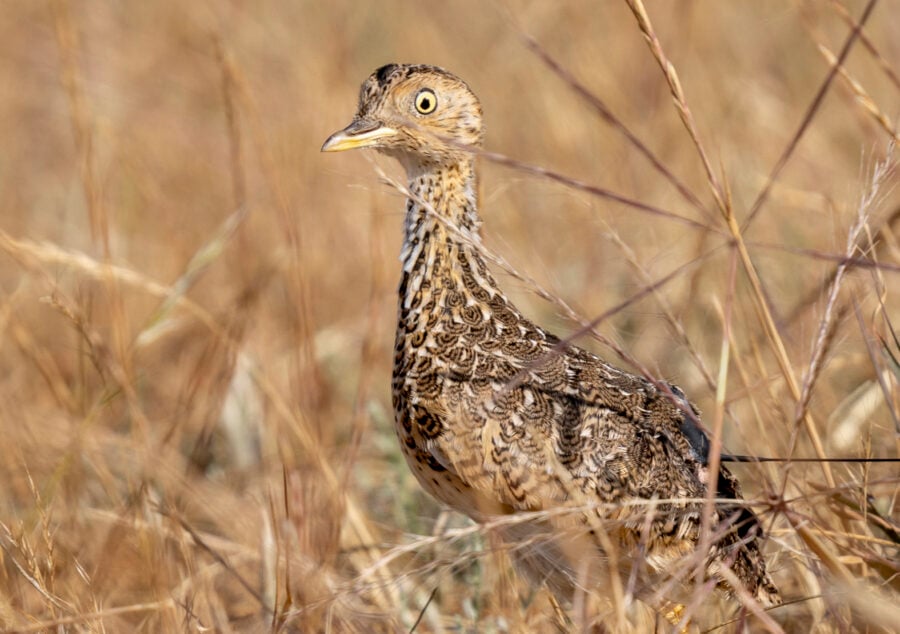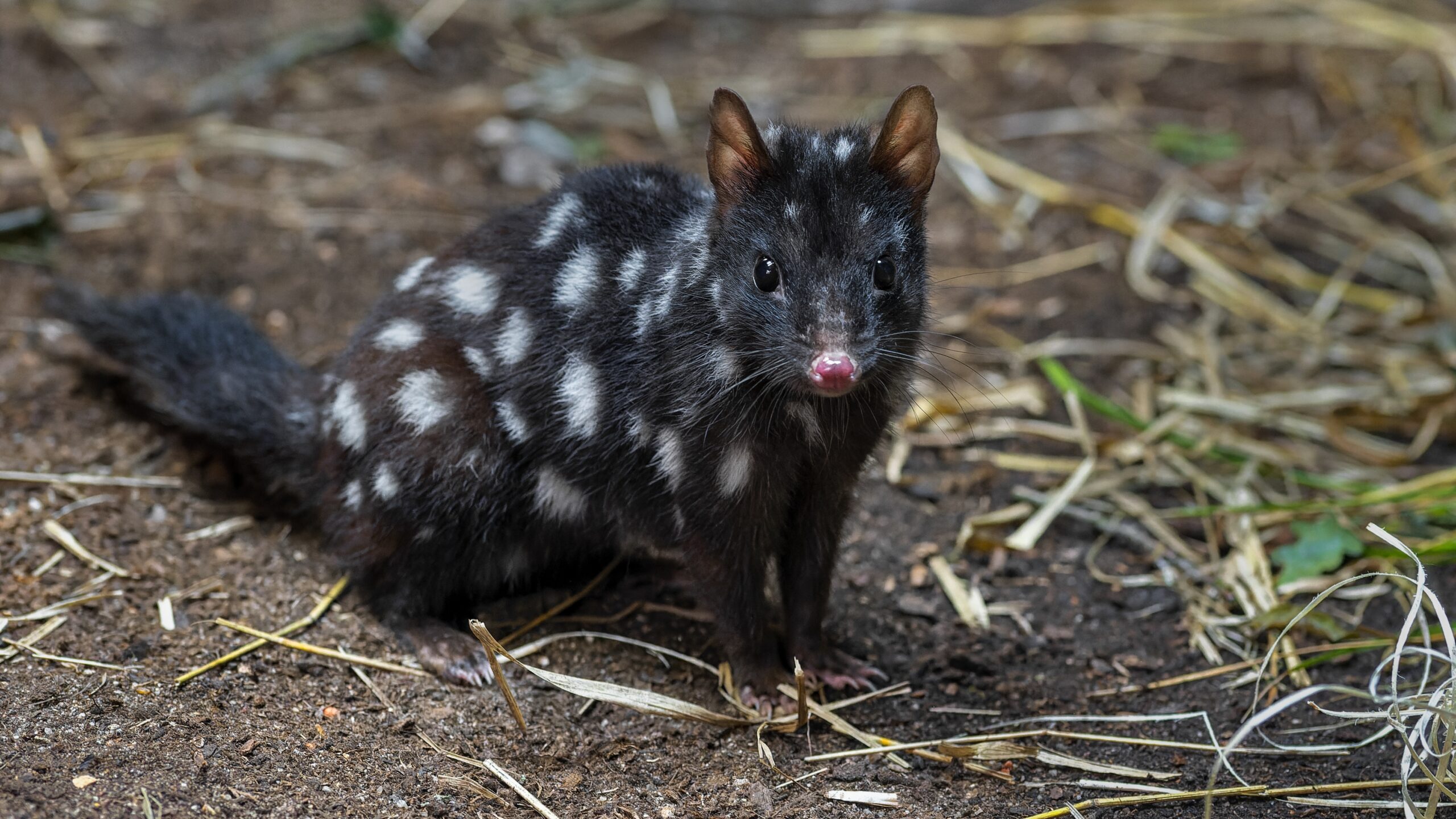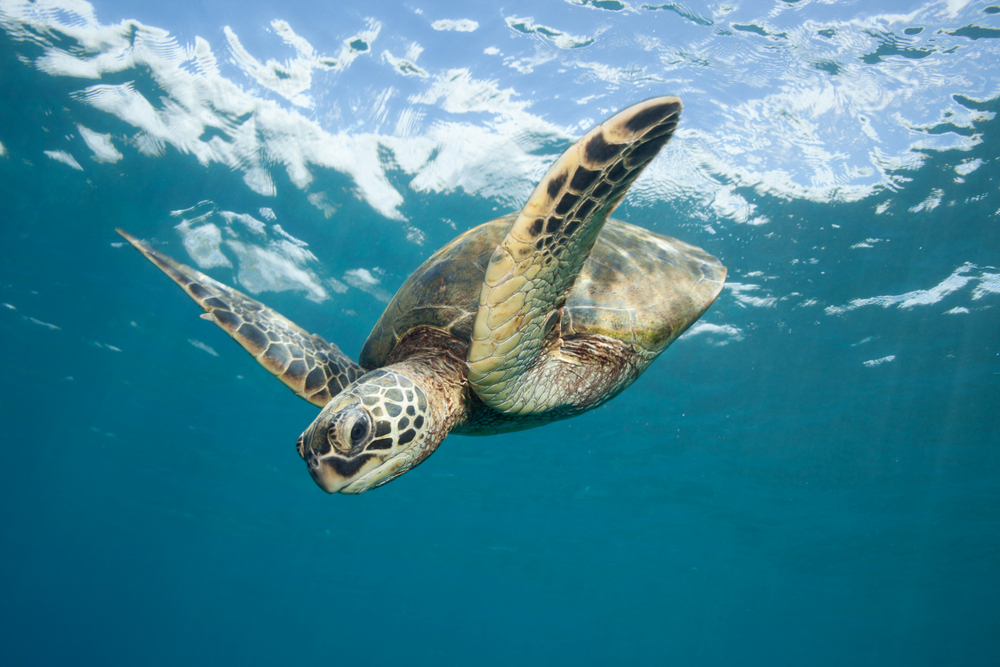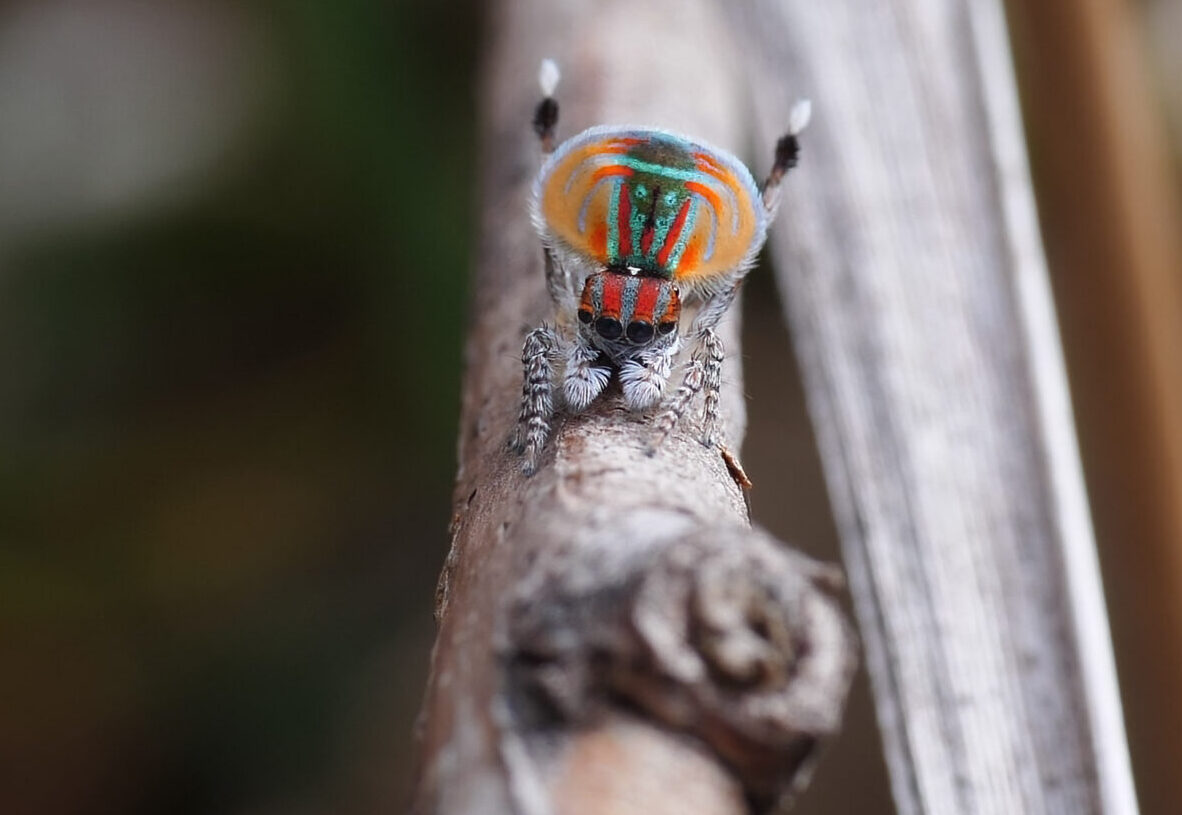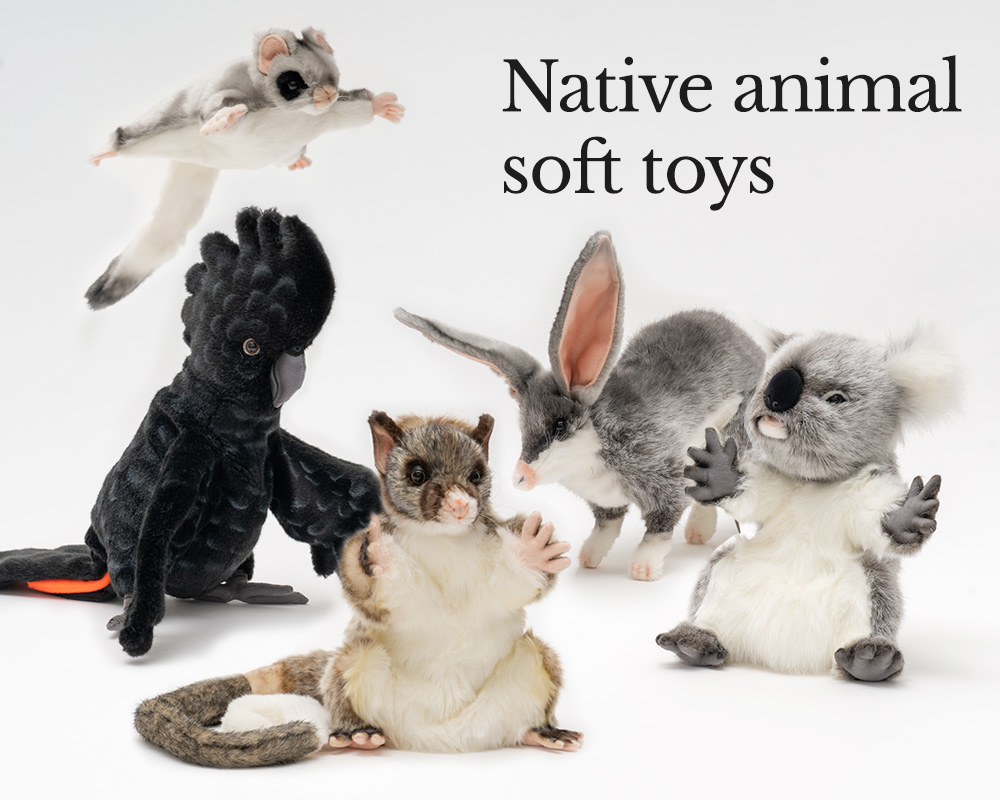| Common name | Southern cassowary |
| Scientific name | Casuarius casuarius johnsonii |
| Type | Aves (Birds) |
| Diet | Omnivore – mainly fruit, but also fungi, insects and small vertebrates |
| Average lifespan | 20–40 years |
| Size | Up to 2m tall; up to 76kg |
CONSERVATION STATUS (Australia): Endangered
The southern cassowary (Casuarius casuarius) is one of the three living species of cassowary, alongside the dwarf cassowary (Casuarius bennetti) and the northern cassowary (Casuarius unappendiculatus).
The southern cassowary is found throughout New Guinea and eastern Indonesia, with only the subspecies Casuarius casuarius johnsonii found in Australia.
With a towering stature, helmet-like casque and dagger-sharp claws, the southern cassowary cuts an unmistakable figure in the tropical rainforests of Far North Queensland. Sometimes referred to as the “world’s most dangerous bird” due to its powerful legs and sharp claws, this flightless giant plays a gentle yet vital role in its ecosystem: dispersing the seeds of more than 200 rainforest plant species.
In truth, they’re mostly shy and solitary, but cassowaries can become aggressive if threatened – especially when defending chicks. They were once far more widespread across Australia’s north-east, but their numbers have plummeted due to habitat loss, car strikes and dog attacks. Today, spotting one in the wild is both a thrill and a privilege.
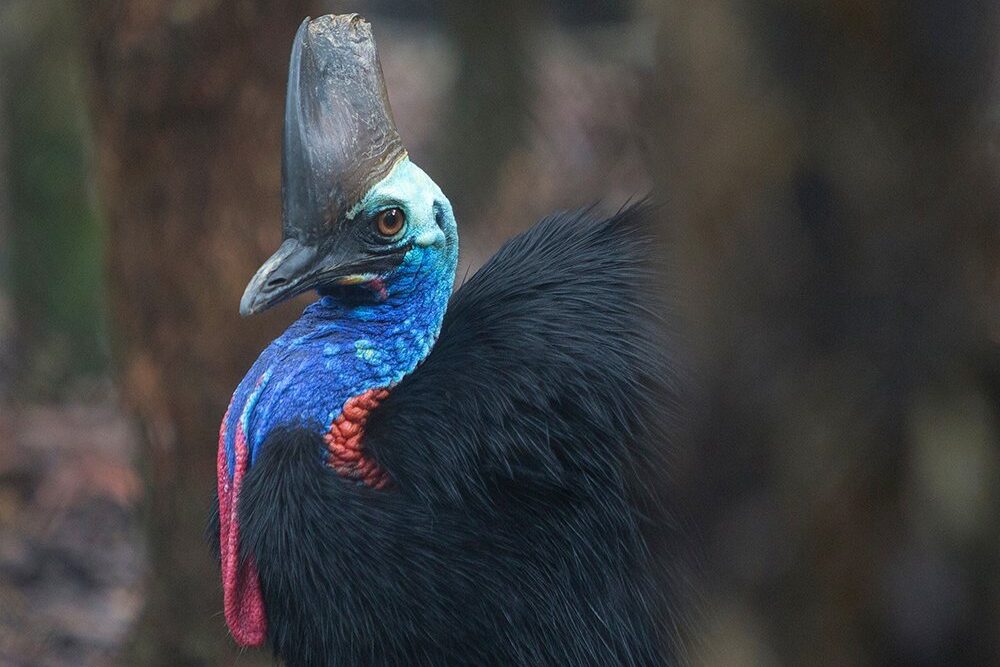
Habitat
Southern cassowaries inhabit tropical rainforests, mangroves, melaleuca swamps, and they even occasionally venture into woodlands. They prefer dense vegetation where they can forage and nest.
Distribution
They are found in the wet tropics of Far North Queensland, from Cooktown to just south of Townsville. The largest populations are in the Daintree and Mission Beach areas.
Conservation status
Listed as Endangered under Australia’s EPBC Act (as at July 2025), the cassowary is considered a priority species for conservation in Queensland due to its role as a keystone rainforest frugivore and its vulnerability to habitat loss and fragmentation.
On the global IUCN Red List, they are listed as Least Concern (as of July 2025), though it’s noted that their population is decreasing. Populations in Papua New Guinea and nearby Indonesian islands are more stable.
Threats
The major threats to cassowaries include vehicle strikes, dog attacks, habitat loss due to land clearing, and competition for food in fragmented landscapes. Cyclones also reduce food availability.
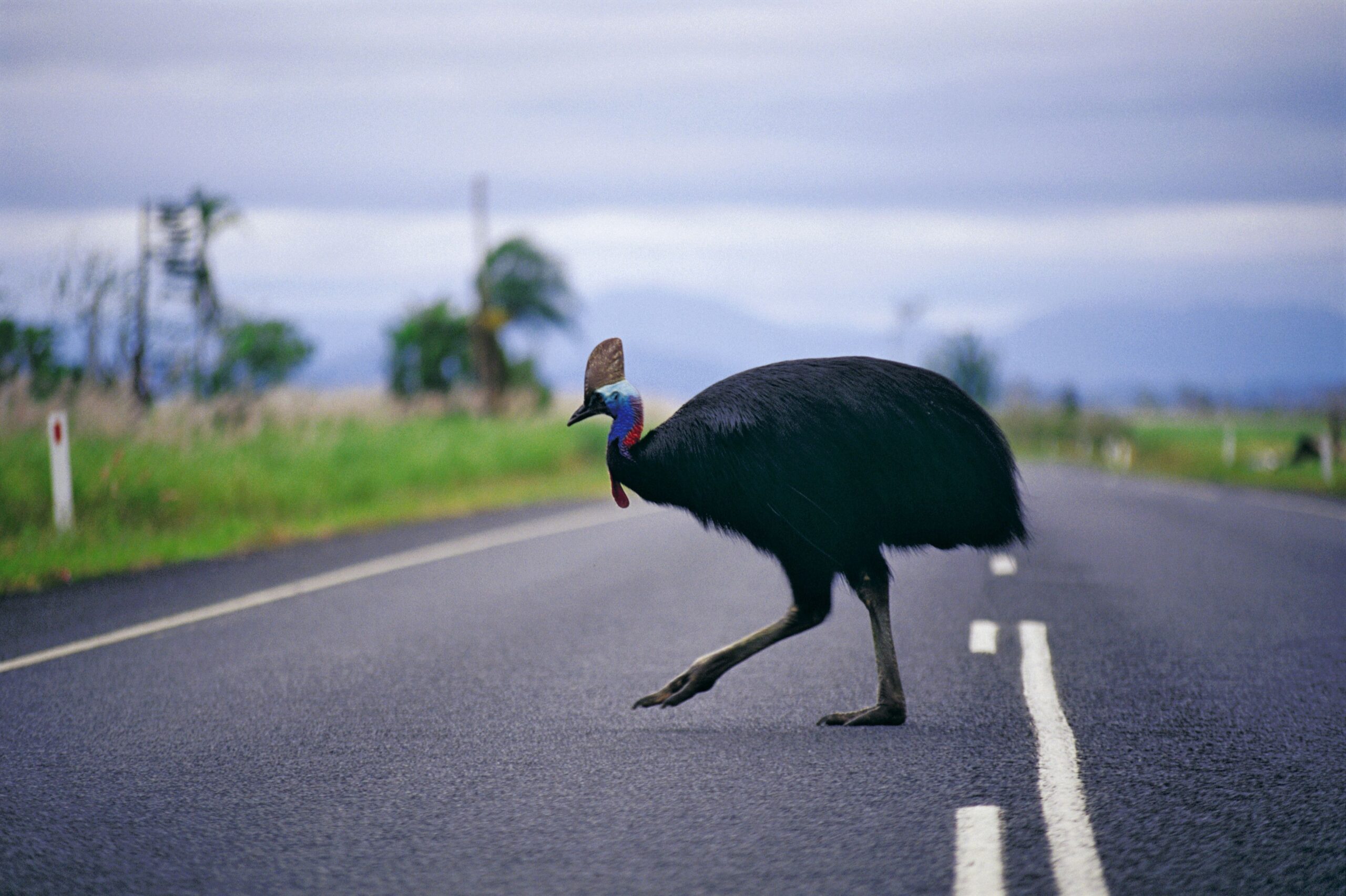
Reproduction
Breeding occurs during the dry season (May to November). Females lay 3–5 large green eggs in a shallow nest, which the male then incubates and protects. He also rears the chicks for up to nine months, while the female may move on.
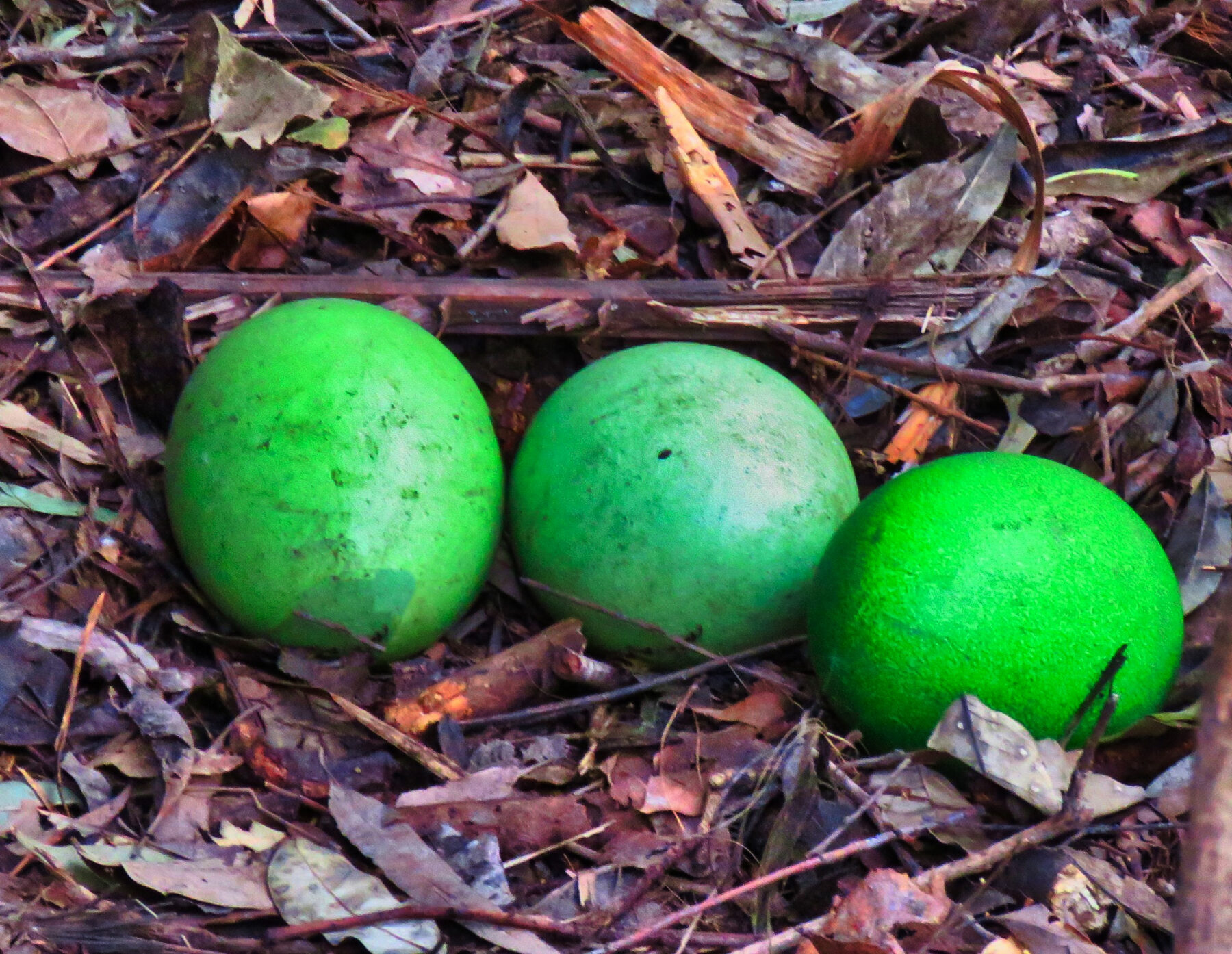
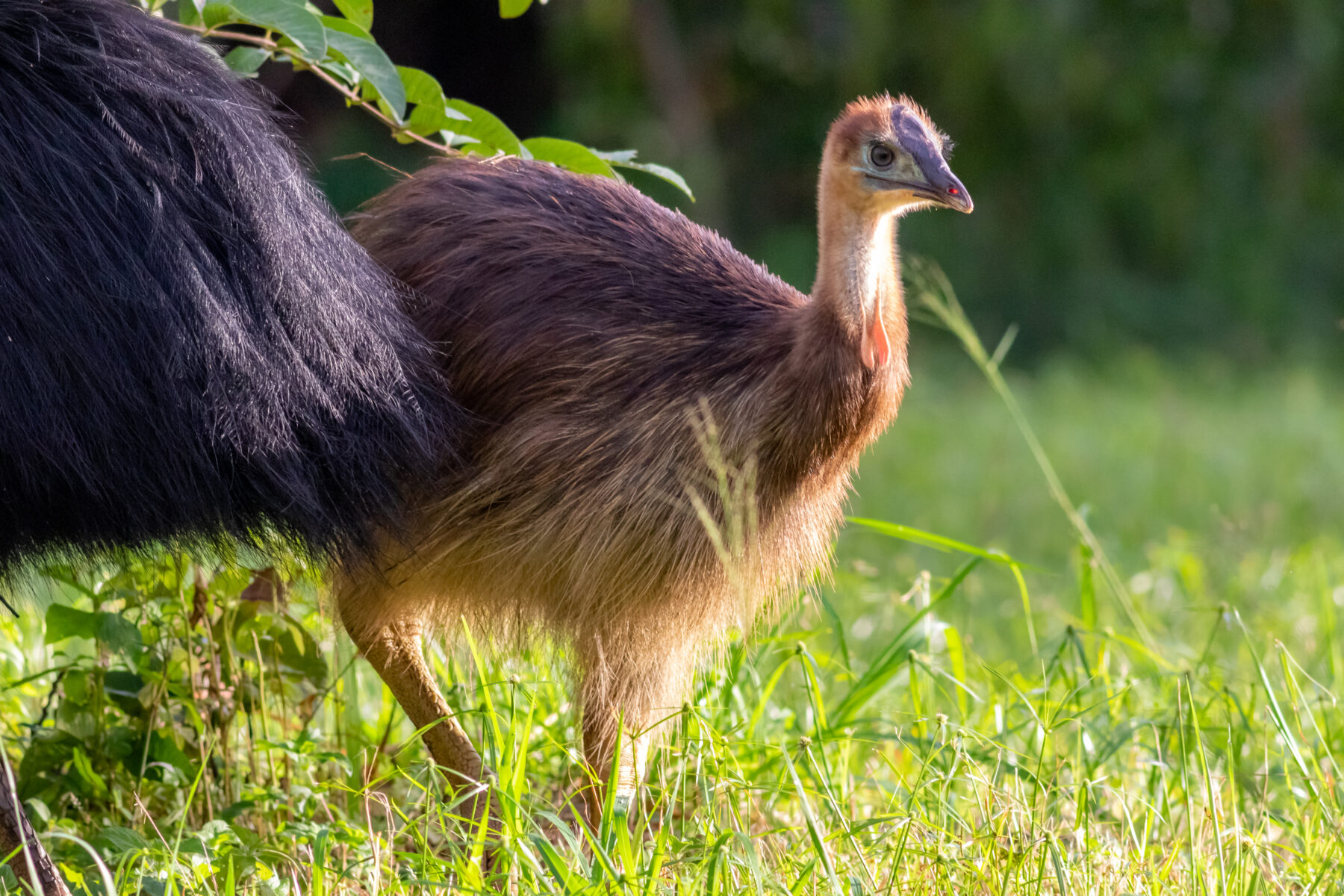
Cultural significance
Cassowaries feature prominently in Aboriginal Dreaming stories and cultural lore, particularly in the traditions of the Djiru – who call them ‘Gunduy’ – and other rainforest peoples. They’re often regarded as guardians of the forest and respected for their strength and significance to ecosystem health.
Fascinating fact
Cassowaries are crucial for rainforest regeneration. They can consume fruits with large seeds and disperse them over long distances through their droppings, helping to maintain rainforest diversity.
